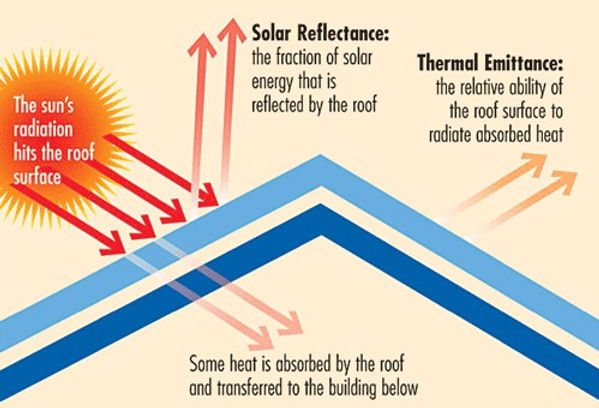When it comes to protecting your home from the elements, the importance of your roof cannot be overstated. Roofing technology has evolved dramatically over the years, driven by the need to withstand increasingly extreme weather conditions. In this blog post, we’ll explore the fascinating world of roofing science - how different materials and designs are engineered to endure everything from hurricanes and blizzards to scorching heatwaves.
The Role of Materials in Weather Resistance
- Asphalt Shingles: A popular choice for their affordability and durability, modern asphalt shingles are reinforced with fiberglass and coated with mineral granules that reflect UV rays and provide fire resistance.
- Metal Roofing: Metal roofs are excellent for snow and rain, as their slick surface promotes easy runoff. They are also highly wind-resistant and can tolerate high temperatures without degrading.
- Tile and Slate: Known for their longevity, tile and slate roofs can last over 100 years. These materials are incredibly resistant to fire and rot, and their substantial weight makes them less prone to wind damage.
- Green Roofs: Adding a layer of vegetation, green roofs are excellent insulators. They absorb rainwater, reducing runoff, and provide a natural cooling effect in hot weather.
Engineering for Extreme Weather
- Wind Resistance: Roof designs in hurricane-prone areas often include features like reinforced trusses, hurricane straps, and a hip roof design, which offers less wind resistance than traditional gable roofs.
- Snow and Ice: In regions with heavy snowfall, roofs are often steeper to prevent the accumulation of snow, which can cause structural damage. Materials that promote snow sliding off the roof, like metal, are preferred.
- Heat Resistance: In hot climates, roofs are designed with materials that reflect sunlight and provide better ventilation to reduce heat absorption. Light-colored or reflective roofing materials are common choices.
Innovations in Roofing
Technological advancements have led to the development of smart roofing materials. For instance, solar shingles not only protect your home but also convert sunlight into electricity. There are also materials that change color based on temperature, helping regulate indoor temperatures more effectively.
Expert Opinions
Architects and engineers continually emphasize the importance of choosing the right materials and designs based on geographic and climatic conditions. A roof that is perfect in one environment could be a disaster in another. The key is to balance cost, aesthetics, durability, and environmental factors.
The Future of Roofing
As climate change continues to impact weather patterns, the roofing industry is responding with more resilient, sustainable, and energy-efficient materials and designs. The future of roofing is not just about protection but also about energy conservation and environmental sustainability.
Conclusion
The science of roofing is a testament to human ingenuity and adaptability. By understanding how different materials and designs perform in extreme weather conditions, homeowners can make informed decisions about the most appropriate roofing solutions for their homes. Remember, a well-chosen roof not only adds to the aesthetic appeal of your house but also plays a crucial role in safeguarding your family and possessions against the whims of nature.


